In 2025, cybersecurity has evolved into a dynamic and multifaceted discipline, driven by rapid technological advancements and an increasingly complex threat landscape. Organizations worldwide are adopting innovative strategies and tools to safeguard their digital assets. This comprehensive article delves into the top 10 cybersecurity advancements shaping the industry this year.
1. AI-Powered Threat Detection and Response
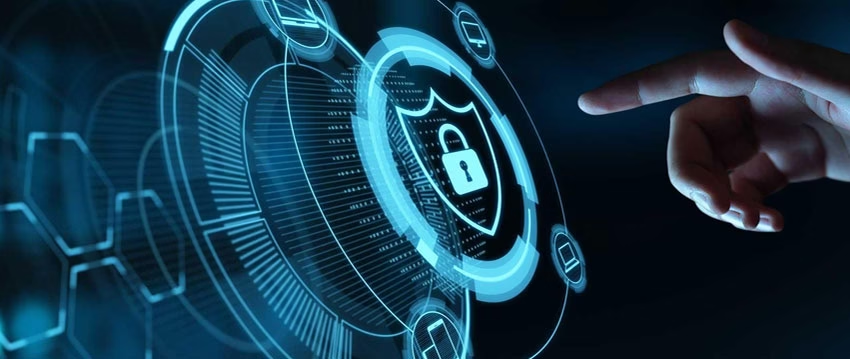
Artificial Intelligence (AI) continues to revolutionize cybersecurity by enhancing threat detection and response capabilities. Machine learning algorithms analyze vast amounts of data to identify patterns and anomalies, enabling real-time threat detection. For instance, AI-driven Security Operations Centers (SOCs) are now capable of autonomously identifying and mitigating threats, significantly reducing response times and human intervention.
Real-World Applications
Leading cybersecurity firms are integrating AI into their platforms to bolster defense mechanisms. These AI systems are adept at recognizing emerging threats and adapting to new attack vectors, providing a proactive approach to cybersecurity.
2. Quantum-Resistant Cryptography
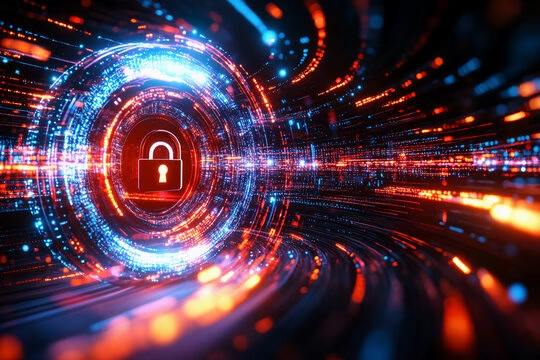
The advent of quantum computing poses a significant challenge to traditional encryption methods. Quantum computers have the potential to break widely used cryptographic algorithms, necessitating the development of quantum-resistant cryptography. Researchers are actively working on algorithms that can withstand quantum attacks, ensuring the confidentiality and integrity of sensitive data in a post-quantum world.
Industry Initiatives
Organizations are collaborating with academic institutions and government agencies to standardize quantum-resistant algorithms. These efforts aim to transition from classical encryption methods to quantum-safe solutions, preparing for the inevitable rise of quantum computing.
3. Zero Trust Architecture (ZTA)

Zero Trust Architecture operates on the principle of “never trust, always verify.” This model assumes that threats can exist both inside and outside the network, requiring continuous verification of all users and devices. ZTA has become a fundamental component of modern cybersecurity strategies, especially with the rise of remote work and cloud services.
Implementation Strategies
Organizations are adopting ZTA by implementing strict identity and access management policies, segmenting networks, and continuously monitoring user activities. This approach minimizes the risk of unauthorized access and lateral movement within the network.
4. AI Agents and Governance Challenges
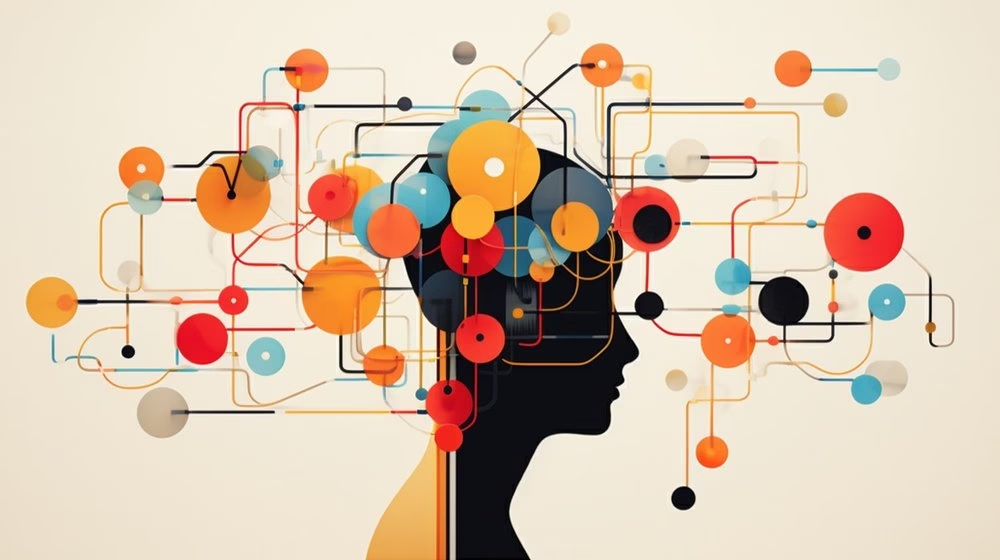
The proliferation of AI agents—autonomous bots designed to perform specific tasks—has introduced new governance challenges. While these agents enhance operational efficiency, they also pose security risks. Instances have been reported where AI agents were tricked into exposing sensitive data or performing unauthorized actions.
Mitigation Measures
To address these concerns, organizations are establishing robust governance frameworks for AI agents. This includes implementing strict access controls, continuous monitoring, and ensuring transparency in AI decision-making processes to prevent potential security breaches.
5. Adaptive Cybersecurity with Machine Learning
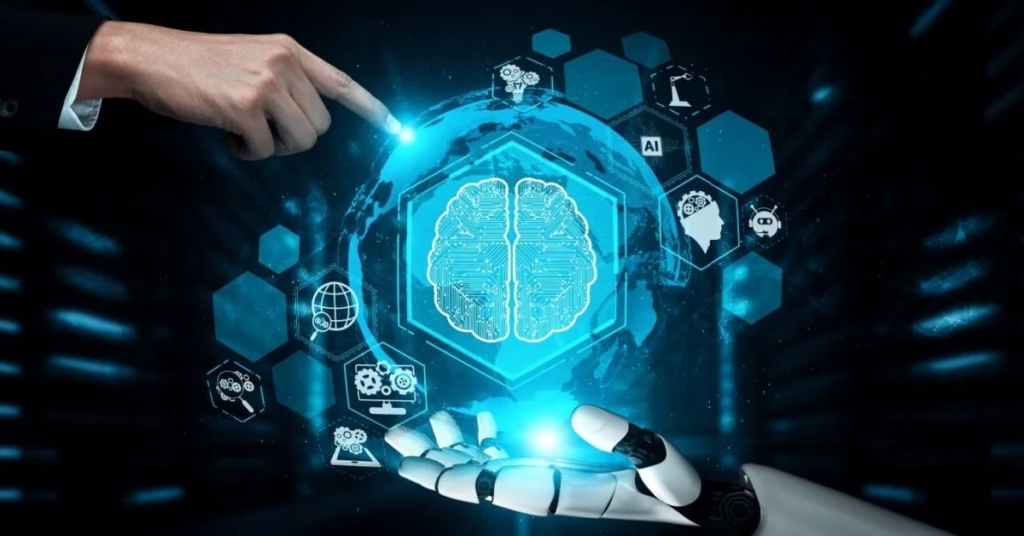
Adaptive cybersecurity systems leverage machine learning to dynamically respond to evolving threats. Unlike traditional static defenses, these systems can learn from new data and adjust their security measures accordingly. For example, dynamically retrainable firewalls analyze network traffic patterns in real-time, identifying and mitigating threats as they emerge.
Benefits
The primary advantage of adaptive cybersecurity is its ability to provide real-time protection against sophisticated and previously unknown threats. This proactive approach enhances the resilience of networks and systems against cyberattacks.
6. Enhanced Supply Chain Security
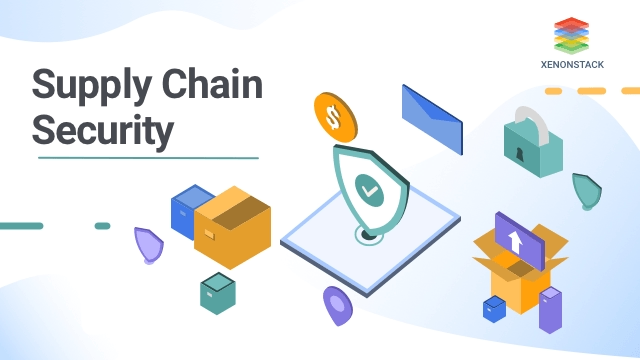
Supply chain attacks have become a significant concern, with cybercriminals targeting vulnerabilities in third-party vendors to infiltrate organizations. In response, businesses are implementing robust supply chain security measures, including rigorous vetting of vendors, continuous monitoring of third-party risk, and segmentation of access to critical systems.
Industry Practices
Organizations are adopting strategies such as conducting regular security assessments of suppliers, enforcing strict contractual security requirements, and implementing multi-factor authentication for third-party access. These practices aim to fortify the weakest links in the supply chain and prevent potential breaches.
7. Biometric Authentication Technologies
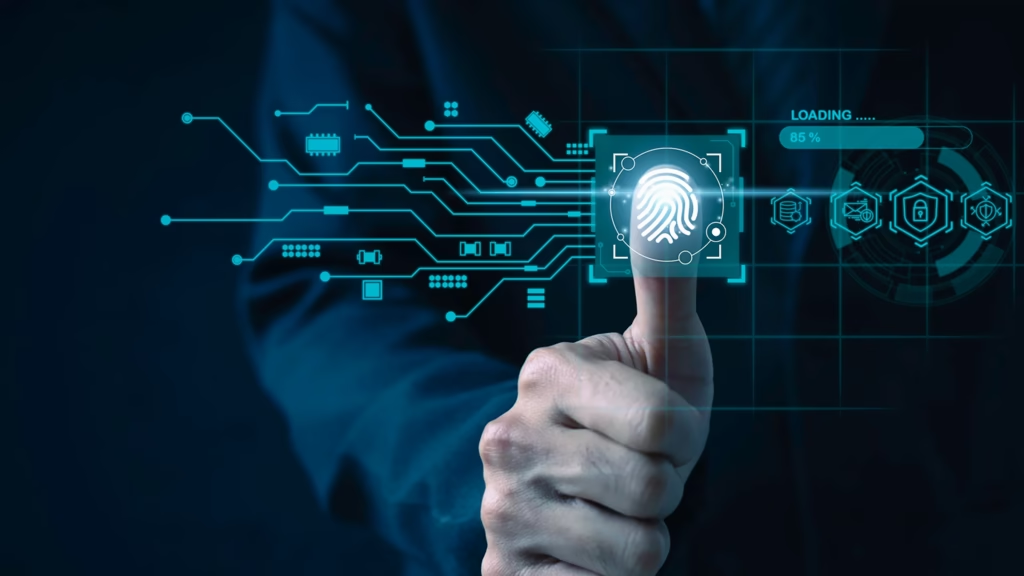
Biometric authentication is gaining prominence as a secure and user-friendly method for identity verification. Technologies such as facial recognition, fingerprint scanning, and iris scanning are being integrated into various systems to enhance security. These biometric solutions offer a higher level of assurance compared to traditional password-based authentication, reducing the risk of unauthorized access.
Adoption Trends
Businesses are increasingly adopting biometric authentication for access control in high-security areas, online banking, and mobile devices. The convenience and security offered by biometrics make it a preferred choice for modern authentication systems.
8. Regulatory Advancements: The Cyber Resilience Act
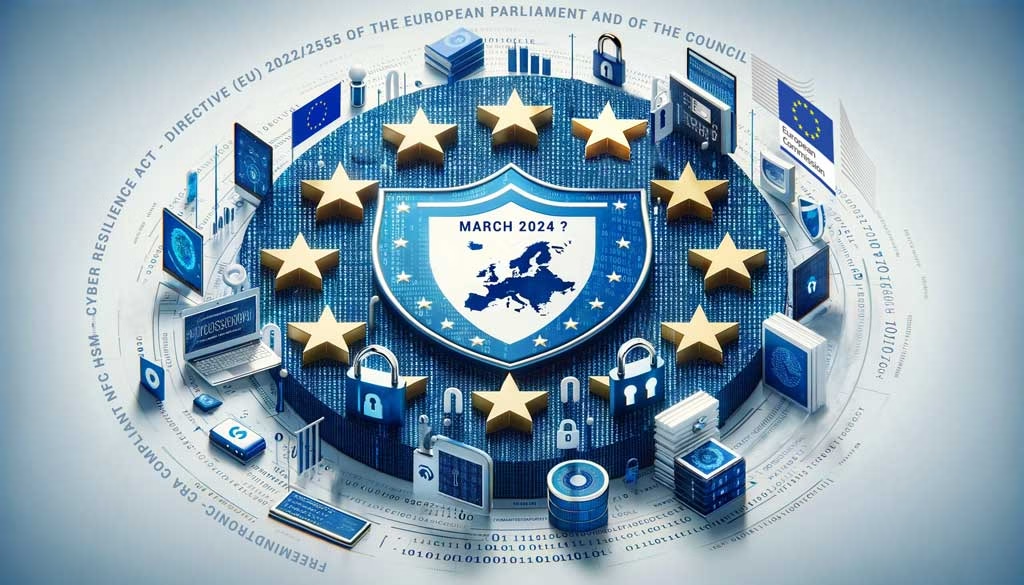
The European Union’s Cyber Resilience Act (CRA) represents a significant step toward standardized cybersecurity practices. Effective from December 2027, the CRA mandates that products with digital elements meet specific cybersecurity requirements, including secure design, incident reporting, and automatic security updates. This regulation aims to enhance the overall security posture of digital products and services within the EU.
Compliance Strategies
Organizations are preparing for the CRA by conducting thorough security assessments of their products, implementing secure development practices, and establishing incident response protocols. Compliance with the CRA will not only enhance security but also build trust with customers and regulators.
9. Integration of Physical and Cybersecurity: Security Convergence

Security convergence refers to the integration of physical security measures with cybersecurity protocols to create a unified defense strategy. This holistic approach ensures that both physical and digital assets are protected against a wide range of threats. Organizations are increasingly adopting security convergence to streamline operations and enhance overall security effectiveness.
Implementation Approaches
Organizations are integrating physical security systems, such as surveillance cameras and access control systems, with cybersecurity platforms to enable centralized monitoring and response. This integration allows for a coordinated approach to threat detection and incident management.
10. Proactive Defense through Entropy Injection

Entropy injection is an emerging concept in cybersecurity that involves introducing randomness into systems to increase unpredictability and thwart potential attacks. By enhancing the complexity of systems, entropy injection makes it more challenging for cyber adversaries to exploit vulnerabilities, thereby strengthening overall security.
Research Developments
Researchers are exploring various methods of entropy injection, including randomizing encryption keys, introducing variability in system configurations, and employing unpredictable data patterns. These techniques aim to increase the difficulty for attackers to anticipate system behaviors and exploit weaknesses.
Conclusion
The cybersecurity landscape in 2025 is characterized by rapid technological advancements and evolving threat dynamics. Organizations must stay abreast of these developments and adopt comprehensive security strategies to safeguard their digital assets. By leveraging AI, embracing Zero Trust principles, enhancing supply chain security, and staying informed about regulatory changes, businesses can fortify their defenses against the ever-growing array of cyber threats.
Read more TECH trending news here
![]()




It’s fascinating to see how cybersecurity has evolved so rapidly by 2025, especially with the integration of AI and quantum-resistant algorithms. The proactive approach to identifying threats using AI seems like a game-changer, but I wonder how effective it truly is against constantly evolving attack methods. The emphasis on Zero Trust Architecture makes complete sense in today’s remote and cloud-driven world, but doesn’t it also create additional complexity for users? The challenges with AI agents are concerning—how can we ensure they’re secure while still leveraging their efficiency? I’m curious, though, how smaller organizations are keeping up with these advancements—are they being left behind? What’s your take on the balance between innovation and accessibility in cybersecurity?